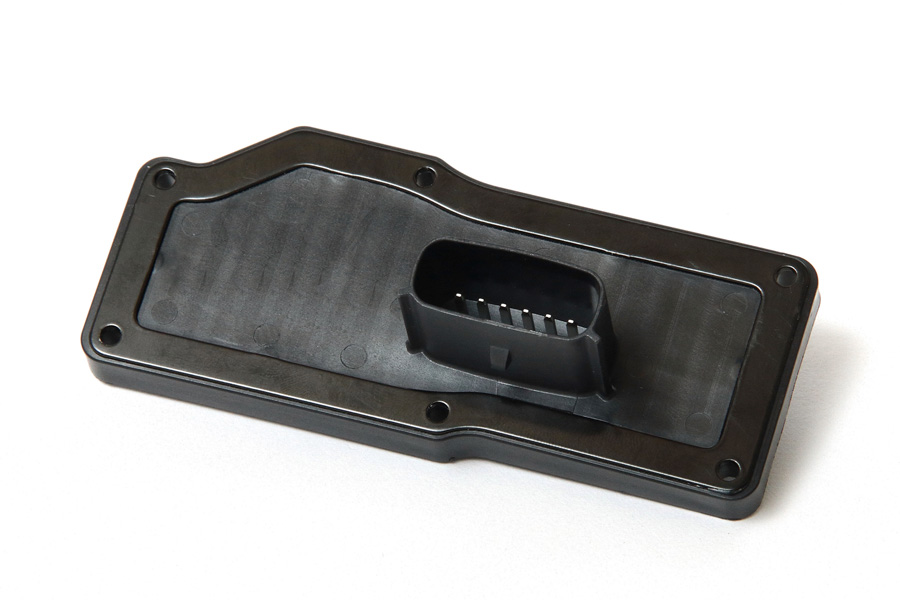
Your blog feed for digital manufacturing resources, in-depth features, and industry news.
BPA is a chemical commonly used in the production of plastics and resins, but its presence in everyday household items has raised questions about safety. Here’s what you need to know about BPA in plastics and how it affects your business and consumers.
Bisphenol A (BPA) is a chemical compound primarily used to produce certain types of plastics, such as polycarbonate plastics and epoxy resins. These materials are known for their strength and durability, making them ideal for products such as water bottles, food containers, baby bottles, and even coatings for canned food.
BPA is commonly found in the following household items:
Studies have suggested that BPA can leach out of plastics and into food, beverages, or other products, especially when exposed to heat or wear. Research has shown that BPA is an endocrine disruptor, which means it can interfere with hormone levels and potentially cause health issues, including:
As a result, many consumers are concerned about the potential health risks of BPA exposure, especially in items that come into direct contact with food and beverages.
In response to growing health concerns, the market for BPA-free products has expanded significantly. Many manufacturers now offer BPA-free alternatives for products such as:
These BPA-free products are made using materials that are less likely to leach harmful chemicals, helping to mitigate the health risks associated with BPA exposure.
The increasing awareness of BPA’s potential dangers has led to stricter regulations in many countries. For example, the U.S. Food and Drug Administration (FDA) has restricted the use of BPA in baby bottles and sippy cups. Similarly, the European Union has set limits on the amount of BPA that can be used in food-contact materials.
As a result, consumers can now find more BPA-free household plastics and rely on manufacturers to comply with safety standards. Businesses in the plastic manufacturing industry are also adopting more stringent testing procedures to ensure that their products are free from harmful chemicals like BPA.
As awareness of BPA’s potential risks continues to grow, businesses need to consider consumer demand for safer, BPA-free plastic products. Offering BPA-free alternatives can not only enhance the safety of your products but also build trust with customers who are increasingly prioritizing health-conscious choices.
When selecting plastic products for your business or home, it’s essential to look for BPA-free labels and certifications. Many products on the market today are specifically designed to be free from BPA, ensuring that they are safe for consumers.
While BPA in household plastics has been a topic of concern, growing awareness and regulatory changes have led to safer, BPA-free alternatives. By prioritizing BPA-free materials, businesses can not only meet consumer demand for safer products but also build trust and stay compliant with regulations. Whether you’re a manufacturer or a consumer, choosing BPA-free plastic products is a smart move for health, safety, and environmental responsibility.
Your blog feed for digital manufacturing resources, in-depth features, and industry news.
31 Southlands Road
POLESWORTH
B78 0FL
We will reply to you in 20 minutes.
Our team is online, can be helpful for you.
Our team is online, can be helpful for you.
Didn’t find what you want? Ask our leader for help directly!